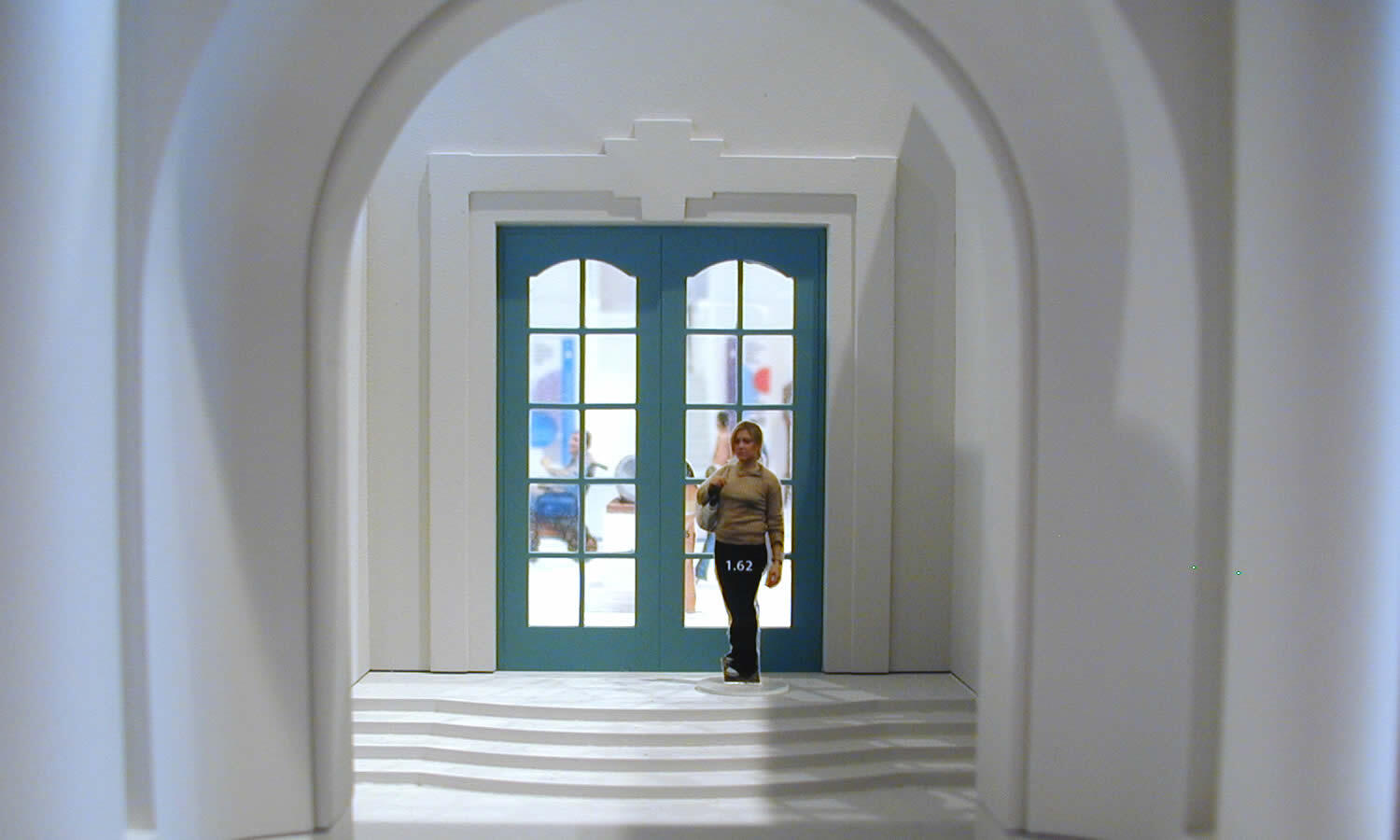Top 3 Museum Design FAQs
1. How do you design a good museum?
Top 25 tips to consider when designing a museum:
1. A well-balanced high vs low-tech interactives
2. Accessibility, usability, and inclusion for all audiences
3. Carry out feasibility studies
4. Clever interpretation design
5. Create wow factors as well as engaging vistas
6. Design with focus and individuality
7. Determine how much available space is required
8. Fully immerse visitors in storylines
9. Future proofing
10. Identify the stars of your collections
11. Include tactile displays
12. Involve external parties, for example, “Friends of the Museum”
13. Layering content from introduction to scholar
14. Make learning fun and accessible
15. Plenty of storage
16. Quality museum lighting, sound and AV
17. Schedules and budget planning
18. Seating, shops & cafés
19. Security
20. Space for temporary exhibitions
21. Understand your target audience and demographics
22. Understanding the museum’s objectives and goals
23. Use of additional languages
24. Utilise eco-friendly materials and technologies
25. Visitor engagement throughout the visit
“Intellectually engaging the visitors’ senses with stories.”
Good museum design takes the visitor on an engaging sensory journey to elicit a positive and memorable reaction.
2. What goes into museum design?
This often-asked question depends greatly on what subject matter is displayed and individual museum design requirements. Nonetheless, there are some standard fundamentals each museum will have alongside their varying requirements. Here is a list of 25 items to consider:
1. A diverse and professional project team
2. Aesthetics
3. Attention to Detail
4. Audio guides
5. Clear vision of the museum’s goals and objectives
6. Concept design workshop
7. Health and Safety requirements
8. Immersive, VR & AR (augmented reality)
9. Interactives
10. Interoperation
11. Interpretation
12. Itinerary of available objects and storylines
13. Labelling
14. Maintenance issues
15. Making connections between narratives
16. Museum graphics
17. National Curriculum appropriate
18. Return visits
19. Scale plan and elevation layouts of available spaces
20. Security
21. Showcases and plinth designs
22. Use of different wall floor surfaces to change environments
23. Visitor flow
24. Wayfinding and signage
25. Wow & POP factor
3. What are the different types of museums?

Here’s our top 20 list of museums, with an Instant Ramen Museum in Japan and, in England, the niche of The British Lawnmower Museum, you truly have endless exploration available in the museum realm.
1. Archaeology museums
2. Arts and Crafts museums
3. Children’s museums
4. Commercial museums
5. Contemporary art museums
6. Costume museums
7. Design and Architecture museums
8. Encyclopaedic museums
9. Fine art museums
10. Geographical museums
11. Historic house museums
12. Maritime museums
13. Natural History museums
14. Photography museums
15. Pop-up and Mobile museums
16. Science and Space museums
17. Stamp and Libraries museums
18. Textile museums
19. Transportation museums
20. War and Conflict museums
